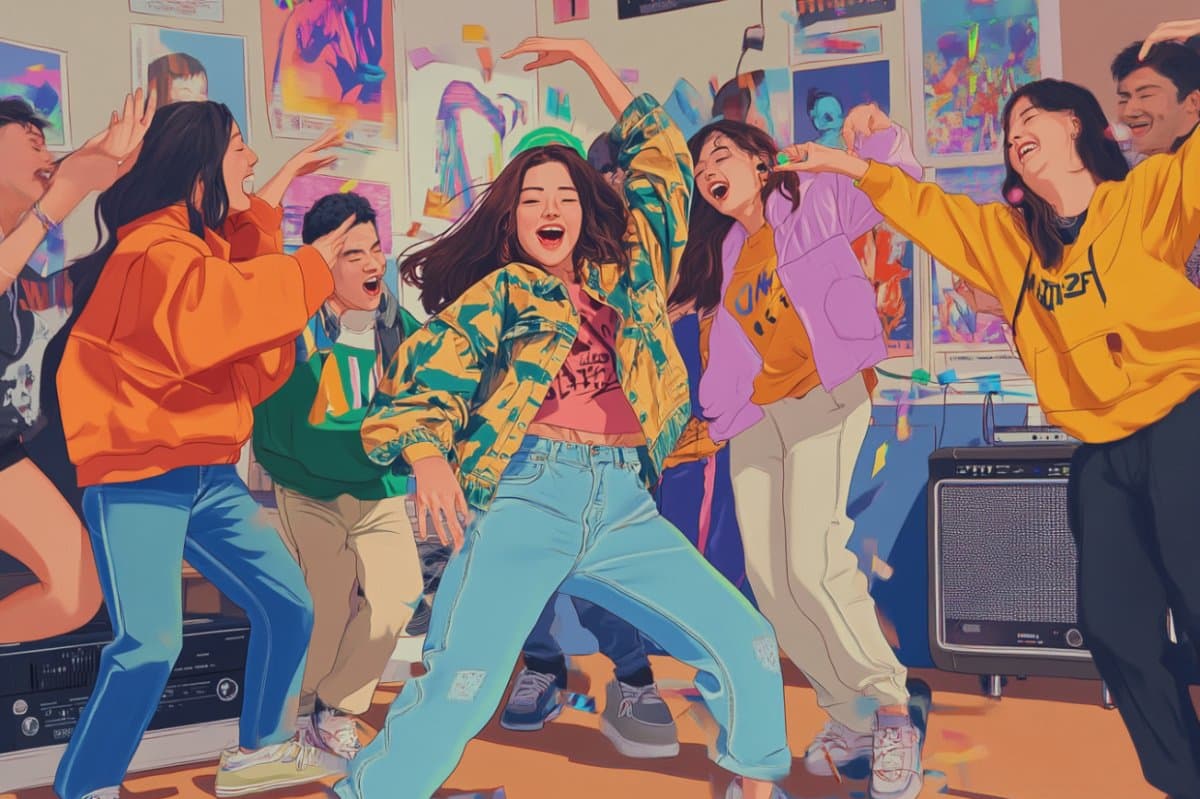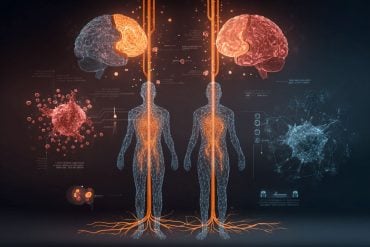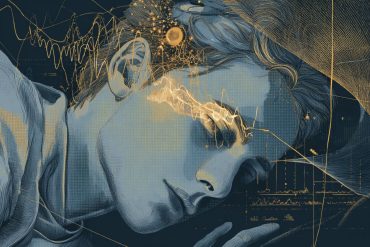Summary: A new study reveals that nostalgia plays a powerful role in making us want to dance, even more so than familiarity with a song alone. Researchers asked young adults to rate how much various pop hits made them want to tap, move, or dance, as well as how nostalgic and familiar the songs felt.
While both nostalgia and familiarity boosted enjoyment and movement, only nostalgia predicted the urge to dance. The findings suggest that emotionally charged memories may be key to unlocking our groove, with implications for therapies involving rhythm and movement.
Key Facts:
- Nostalgia Boosts Dance Desire: Songs tied to emotional memories triggered stronger urges to dance than merely familiar tunes.
- Familiarity ≠ Nostalgia: Highly familiar songs like Firework scored low on nostalgia and dance appeal.
- Therapeutic Potential: Insights could aid rhythm-based treatments for movement disorders like Parkinson’s.
Source: University of Western Ontario
Getting one’s groove on, A.K.A. busting a move, is an age-old tradition that dates back more than 50,000 years to the time of Neanderthals and Cro-Magnon humans, who rhythmically writhed to drumming and even vocalizations.
Many contributing factors influence why we get a sudden urge to move to music, often referred to as groove, but familiarity with a song or tune is key.

In a recent Western University study, neuroscientists investigated groove beyond familiarity, digging deeper into the largely unexplored influence of nostalgia. That feeling involves familiarity but also taps into pleasant, sad and even wistful emotions.
The study builds on ongoing research on understanding why we move to music and potential therapeutic benefits of musical rhythm for patients with movement disorders, such as Parkinson’s disease.
“Groove is the pleasurable urge to move to music. When we are studying the motor system in people with and without movement disorders, the brain spontaneously lights up when they listen to music. It really does seem to be about the rhythmic aspects of it,” said Grahn, a psychology professor and director of Western’s Centre for Brain and Mind.
“Every great wedding DJ inherently knows this, and now, we have the scientific results to back it.”
Grahn, PhD candidate Riya Sidhu and their collaborators studied the impact of both familiarity and nostalgia on the desire to tap, move and dance along to music. They found nostalgic songs elicited a higher desire to get groovy than familiar songs across all three movement categories.
“The more familiar you are with a song, the more likely you are to enjoy it. And familiarity and nostalgia are inherently very tied to each other, because the more you know a song, and the more it makes you feel, the more it’s going to take you back to a special place and make you want to move,” said Sidhu, lead author of the study.
Pop hits are familiar, but not always nostalgic
To evoke nostalgia, the researchers selected popular songs from study participants’ adolescent years. As the participants were largely in their early to mid-twenties, the playlist included familiar hits released between 2009 and 2015 such as TiK ToK by Ke$ha, Call Me Maybe by Carly Rae Jepsen and Dynamite by Taio Cruz.
These three songs all scored very high for familiarity and nostalgia, but no song scored higher on familiarity than Katy Perry’s Firework. Alas, the Grammy-nominated anthem no longer hits quite right for twenty-somethings, as Firework scored amongst the lowest tested for nostalgia, along with OMG by Usher and featuring will.i.am and Glad You Came by The Wanted.
The findings were published in the high impact journal, PLOS One.
For the study, participants completed an online experiment, rating songs based on their desire for three different movement types (tap, move and dance), as well as enjoyment, familiarity and nostalgia. Additionally, both familiarity and nostalgia predicted move and tap ratings, but only nostalgia emerged as a predictor for dance ratings.
Ke$ha’s TiK ToK, which spent nine weeks atop the Billboard Hot 100 in 2009, scored the highest for the ‘desire to dance’ category, edging Uptown Funk by Mark Ronson featuring Bruno Mars and Party Rock Anthem by LMFAO featuring Lauren Bennett and GoonRock.
“Our results suggest a distinctive role for nostalgia, beyond the influence of familiarity, in motivating the desire to dance,” said Grahn, a trained concert pianist who also studies how music is processed in the brains of those who have control movement dysfunction, as happens in Parkinson’s disease.
More recent songs like Don’t Start Now by Dua Lipa, Sucker by Jonas Brothers and Bad Guy by Billie Eilish served as a low-nostalgia but familiar control for the study.
About this music and neuroscience research news
Author: Jeffrey Renaud
Source: University of Western Ontario
Contact: Jeffrey Renaud – University of Western Ontario
Image: The image is credited to Neuroscience News
Original Research: Open access.
“Throwbacks that move us: The dance-inducing power of nostalgic songs” by Riya Sidhu et al. PLOS One
Abstract
Throwbacks that move us: The dance-inducing power of nostalgic songs
The urge to move to music, often referred to as groove, is influenced by various factors, including familiarity with the music.
The influence of nostalgia, which involves familiarity but also includes pleasant, sad, and wistful emotions, remains largely unexplored.
Here we investigate the impact of both familiarity and nostalgia on the desire to tap, move, and dance along to music.
To evoke nostalgia, we selected popular songs from the participants’ adolescent years. More recent songs served as a low-nostalgia but familiar control.
Participants completed an online experiment, rating songs based on their desire for three different movement types (tap, move, and dance), as well as enjoyment, familiarity, and nostalgia.
Nostalgic songs elicited higher desire to move than familiar songs across all three movement categories.
Additionally, both familiarity and nostalgia predicted move and tap ratings, but only nostalgia emerged as a predictor for dance ratings.
Our results suggest a distinctive role for nostalgia, beyond the influence of familiarity, in motivating the desire to dance.






